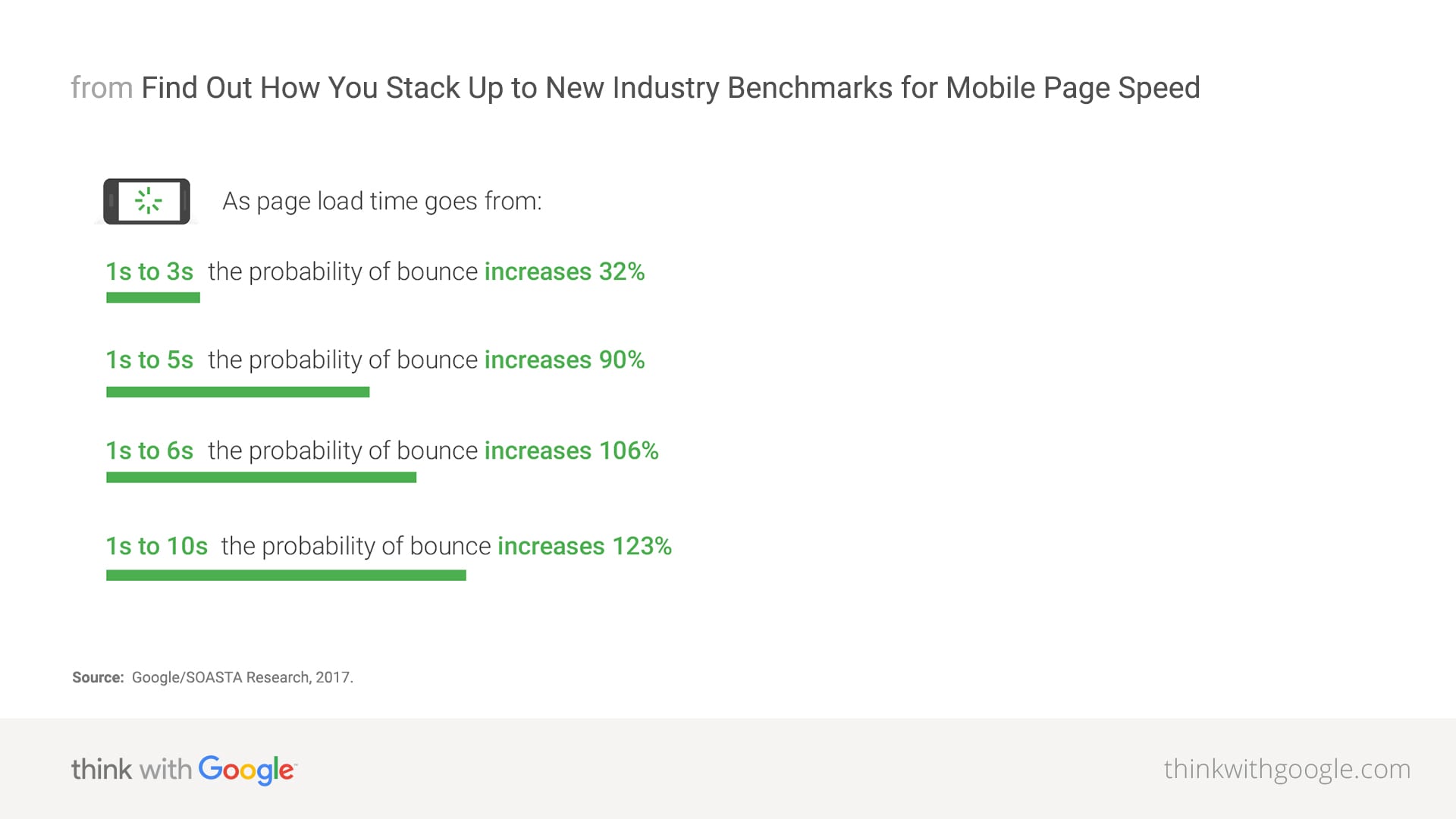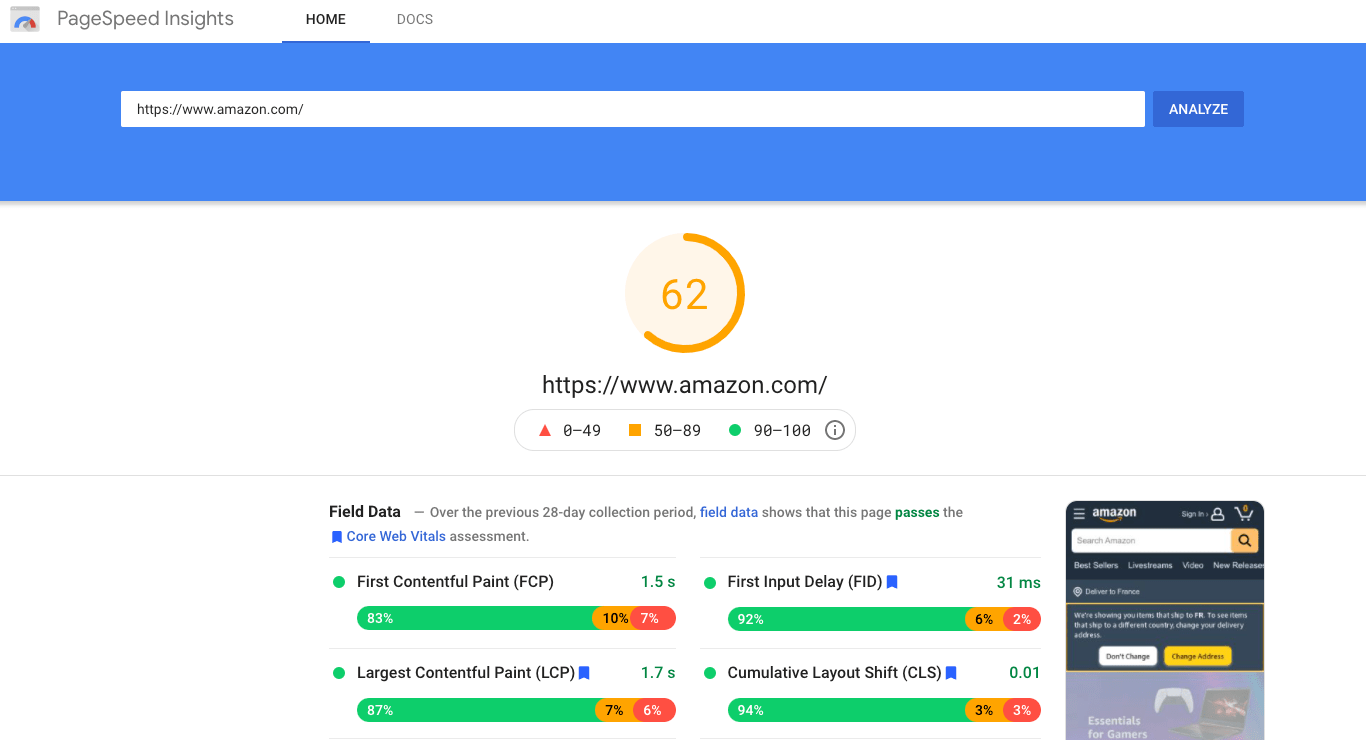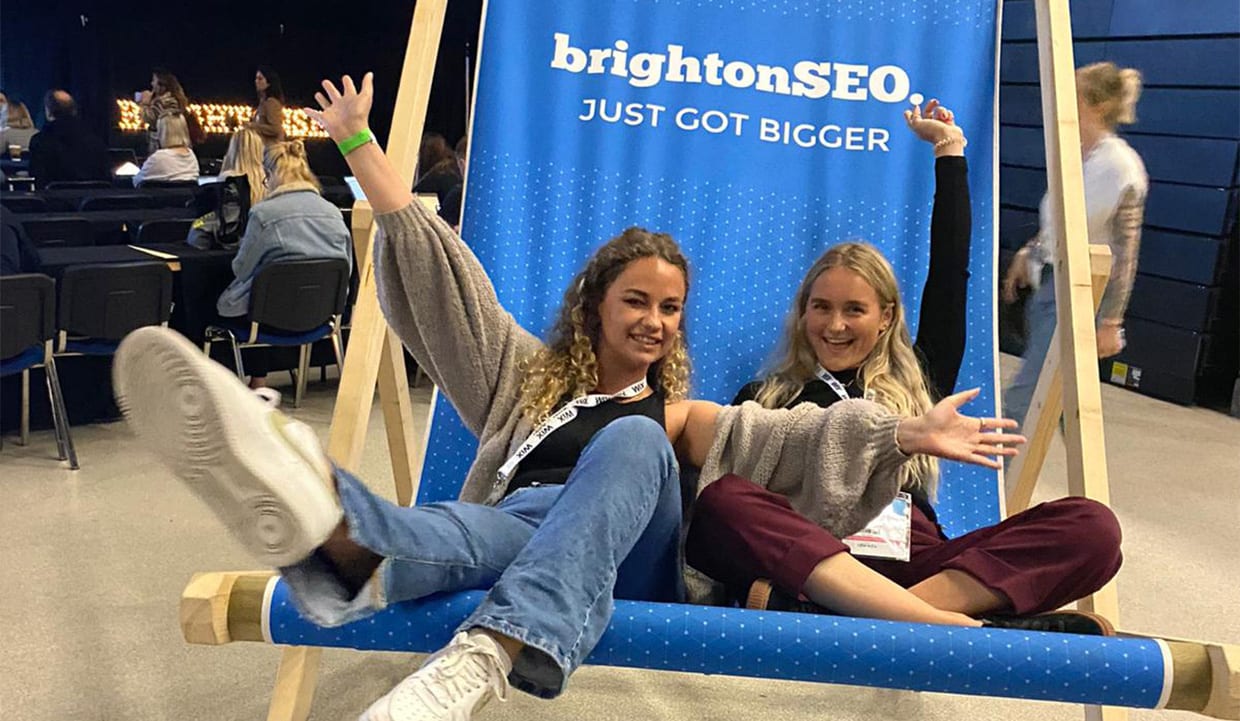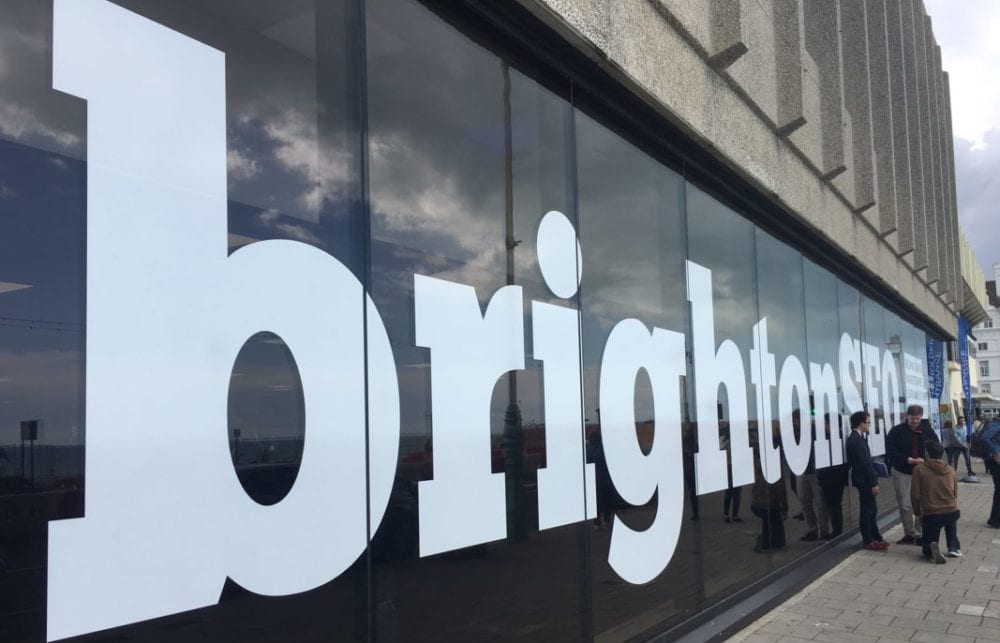Three of the Innovation Visual team attended the in-person spectacle that is BrightonSEO recently. Brighton SEO is a search marketing conference where like-minded SEOs unite and congregate to discuss the latest insights, trends and tools available. From ecommerce focused speakers and technical SEO data-driven experts to local SEOs, BrightonSEO had a variety of informational teachings on how experts in the field can do things even better.
We have a strong focus on team training to ensure we’re always developing and getting better and better at what we do. Each Visualiser completes a minimum of 8 hours a month training in and around their chosen fields, this ongoing CPD helps us deliver our services to the best possible standard. Events like this keep us up-to-date on the latest SEO best practice, tools and techniques which we can then employ to deliver even better results for our clients. Here are some key takeaways we gleaned from BrightonSEO this year; we hope sharing them is as useful to you as they will be to us, and you can apply the same tactics to your marketing strategy.
BrightonSEO - Friday 10th September
After a delicious Brighton seafront breakfast, COVID tests passed, we were ready to enter the world of BrightonSEO, eager to learn more about the digital world we’re in.
Here are a few snippets from the best of the talks we attended:
‘The State of Online Performance – Using Data to Benchmark and Improve Your Website’ by Tom Wells
At Innovation Visual our work is heavily based on data, ensuring we’re delivering real, valuable and insightful results for our clients, which is why this specific talk was of interest to us. Tom Wells spoke on how we can improve and optimise websites using a combination of Big Data and powerful SEO tools such as Lighthouse, Google Chrome user experience, Google BigQuery, HTTP Archive and Searchmetrics.
The Rise of Website Builders and Plugins
Over time, loading speed is slowing and web pages are getting heavier. Many organisations utilise main website builders such as Wix, WordPress and Squarespace as they give us the freedom to create websites quickly with an easy drag and drop interface. However, they’re not always optimised for performance. For example, Google’s benchmark for a good Largest Contentful Paint (LCP – measures page loading performance) is 2.5 seconds yet less than a third of websites have a good LCP. Website builders often load elements of a page that you don’t need, making the site a lot slower than it should be – not ideal.
Plugins are also not always optimised for performance, such as Yoast, Hotjar and WooCommerce; they add extra code to your site, they’re hard to optimise and they can lead to slow loading time. However, we need these plugins to measure user data and action marketing strategies. So, the key is to find a good balance between User Experience (UX) and Website Performance for maximum results.
Learn more about the key elements of Core Web Vitals in our blog.
But, Why Doesn't Big Data Always Work?
An in-depth analysis, focused on websites built using either Wix, WordPress or Squarespace, found almost 100% of sites allegedly had a good First Input Delay (FID), a Core Web Vital that measures the time from when a user first interacts with your site. However, the data didn’t tally up with general user experience. Why? Data sets automatically defaulted to showing a good FID despite an overall lack of data being pulled through. This is highly misleading and shows discrepancies within data sets, our takeaway was that you should always take big data from different data sources with a pinch of salt.
Main Ranking Factors: How Does the Google Algorithm Work?
Many factors can influence a website’s ranking, however, Tom emphasised how factors nearly always correlate, either indirectly or directly, to loading time. In other words, optimise your site for speed and the rest should nearly always fall into place!

How to Understand Your Own Performance
The first step is to check and understand your website performance, so you know what needs improving. Using Google’s free page insights tool, test a range of different pages, including blogs, landing pages, product pages, etc., and analyse your results. 85% of your lighthouse score is based on metrics connected to load time and 15% is given to visual stability (CLS – Cumulative Layout Shift), therefore, if you focus on page speed, you’re more likely to have a high performance.

How to Improve Your Online Performance
The UK’s top 20 ranking sites have a rating of ‘poor’ on desktop and mobile. Here’s a couple of ways Tom shared on how to improve online performance with an emphasis on loading speed:
- Reduce the overall size of your web pages by optimising images, CSS files and JS files.
- Check the largest element on your page and ensure its optimised.
- Avoid loading overview pages, for example, if you have thousands of products, consider loading the top 15 relevant ones and lazy loading the rest.
- Remove any unneeded plugins or ‘block of code’.
- Compress images, videos, PDFs etc. - you might find our article on how to best optimise images for web useful to achieve this most effectively.
- Consider using a Content Delivery Network (CDN) which will help to optimise loading elements and delivery. A CDN should be use alongside ongoing SEO efforts.
Watch Tom Wells’ full presentation.
‘5 Steps to Executing a Successful Digital PR Campaign’ by Tom Mansell
Digital PR has huge potential when done correctly. It’s a commitment that can pay off extremely well. However, brands often shy away from the idea. We were intrigued to see what Tom Mansell (yes, a different Tom) had to say about the complexities and techniques involved in executing a successful campaign.
From bringing together the right teams to the importance of creativity, to tips on how to outreach, Tom shared 5 key steps to follow to ensure a digital PR campaign succeeds:
Step 1. Align All Internal Teams
From ideation to research, to design and development and finally PR & outreach, you’ll need different teams involved, and with the same goals, at each stage. Therefore, every stakeholder in your business needs to be aligned with your digital PR strategies to ensure success from start to finish.
Step 2. Make Sure Your Idea Will Land
Find a good idea that you know will get coverage and make the idea stick – story and relevance is everything! Find the sweet spot between your idea being Newsworthy/Useful with Brand Relevance, without selling the product or service you offer.
Use the following tools to help develop your ideas:
- Exploding topics – to find new ideas around a certain topic.
- BuzzSumo – to further explore ideas.
- Ahrefs – to analyse competitor content and see what has and hasn’t worked in the past.
Your ideas should be simple, new/unexpected, concrete, credible, emotional and should tell a story. This is how people will remember what’s been done, and this is how your idea will stick – people don’t remember the stats!
Before pitching your idea, run a sample of the data to ensure the story can be told.
Step 3. Bring the idea to life
This is the exciting part, bringing your idea to life visually. However, ensure there are no technical limitations and that you’re following the correct brand guidelines with the right brand assets in place.
You should be sharing clear milestones with your team/clients at each stage, ensuring you’re receiving the feedback you need.
Step 4. Get it picked up
Prepare a solid outreach strategy to ensure you can get picked up, using email outreach, etc. Focus on building a relationship and share how you’ll be adding value to users.
Step 5. Measure the success
A successful digital PR campaign is more than the number of links you receive – don’t forget to measure the following:
- Keyword visibility improvements
- Increased traffic to your site
- Improved domain ranking/authority
See what worked, what didn’t work and utilise the data to create an even better strategy next.
Click here to view Tom’s full presentation.
Overall Summary
We thoroughly enjoyed many incredible talks from speakers of all backgrounds and specialisms within the SEO world. From on-page, off-page and technical SEO to handy data tools and updates, there’s always an opportunity to learn more to keep up with the ever-changing digital world. Bring on BrightonSEO 2022!

Leave the Work to Us – Get in Touch
As experts in our field, we’re passionate about helping all sorts of businesses achieve their goals. If you’re looking for the right SEO expertise to improve your organic rankings using effective SEO strategies, which includes boosting traffic and increasing your website visibility, get in touch today on 0333 772 0509.









